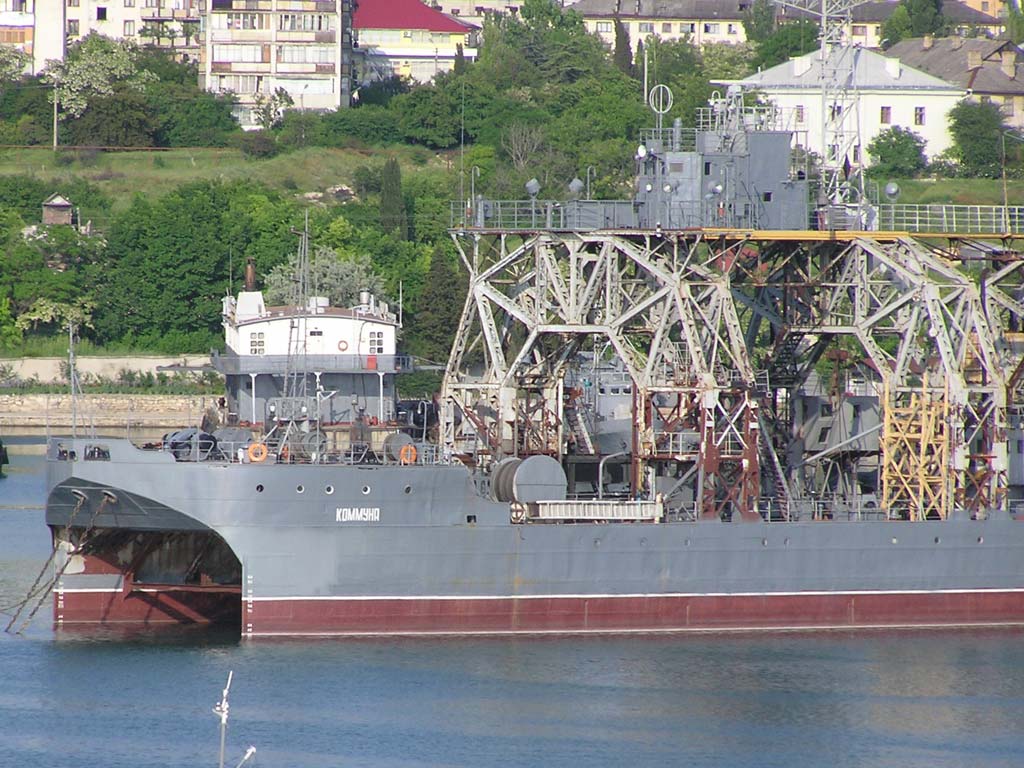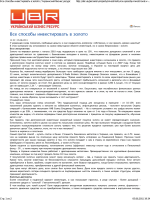
Rescue Catamarans of the Great War
Rescue catamaran Vulcan. Photo Collection of Andrzej Danilevich
In the special issue 1/2015 of the Sea and Ships magazine, we published an article about an interesting, more than a hundred-year history of the Commune submarine rescue squad. It was created in Tsarist Russia under the name "Volkhov" and entered service in 1915, but its design was not the original idea of the local shipyard workers. They were based on a different ship, but were also similar. We write about the protoplast and its followers below.
The rapid development of submarine forces and the construction of units of this class at the beginning of the XNUMXth century, and the associated problems of ensuring the trouble-free operation of submarines, led to the need to have specialized rescue units in their fleets.
Vulkan - German discoverer
As you know, one of the pioneers in the construction of submarines was Germany, where already at the dawn of the "real" submarine forces - the first U-1 submarine entered service in 1907 - it was planned to build an original rescue squad, which became a role model in other countries.
At the beginning of 1907, the world's first submarine rescue ship was laid down on the slipway of the Howaldtswerke AG shipyard in Kiel. The future catamaran was designed by engineer. Philip von Klitzing. The launch took place on September 28, 1907, and on March 4 of the following year, the "rescuer" entered service with the Kaiserliche Marine as SMS Vulcan
According to the specification, the rig had the following dimensions: overall length 85,3 m, KLW length 78,0 m, beam 16,75 m, draft 3,85 m. - 6,5 tons, and a total of 1595 tons. The power plant was steam, turbogenerator, two-shaft and consisted of 2476 coal-fired steam boilers designed by Alfred Melhorn, with a total heating area of 4 m516, 2 turbogenerators (including Zelly steam turbines) with a capacity of 2 kW and 450 electric motors with a capacity of 2 hp. It is located in two engine and boiler rooms, one from each of the buildings. The propellers were two four-bladed propellers with a diameter of 600 m. The maximum speed was 2,3 knots, the coal reserve was 12 tons. The ship had no weapons. The crew consisted of 130 people.
